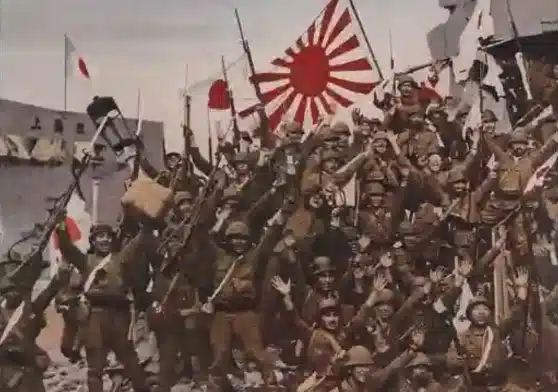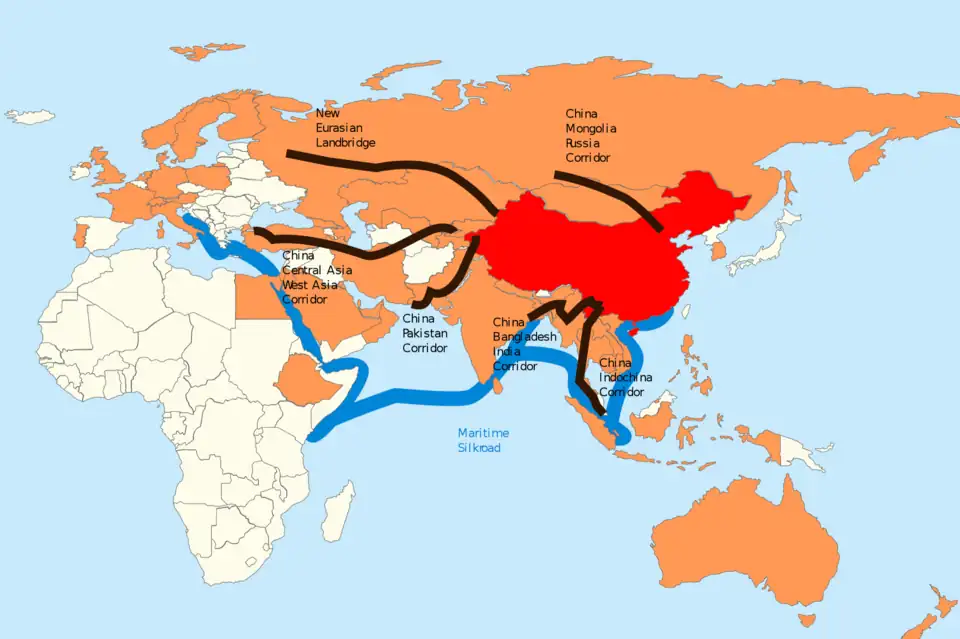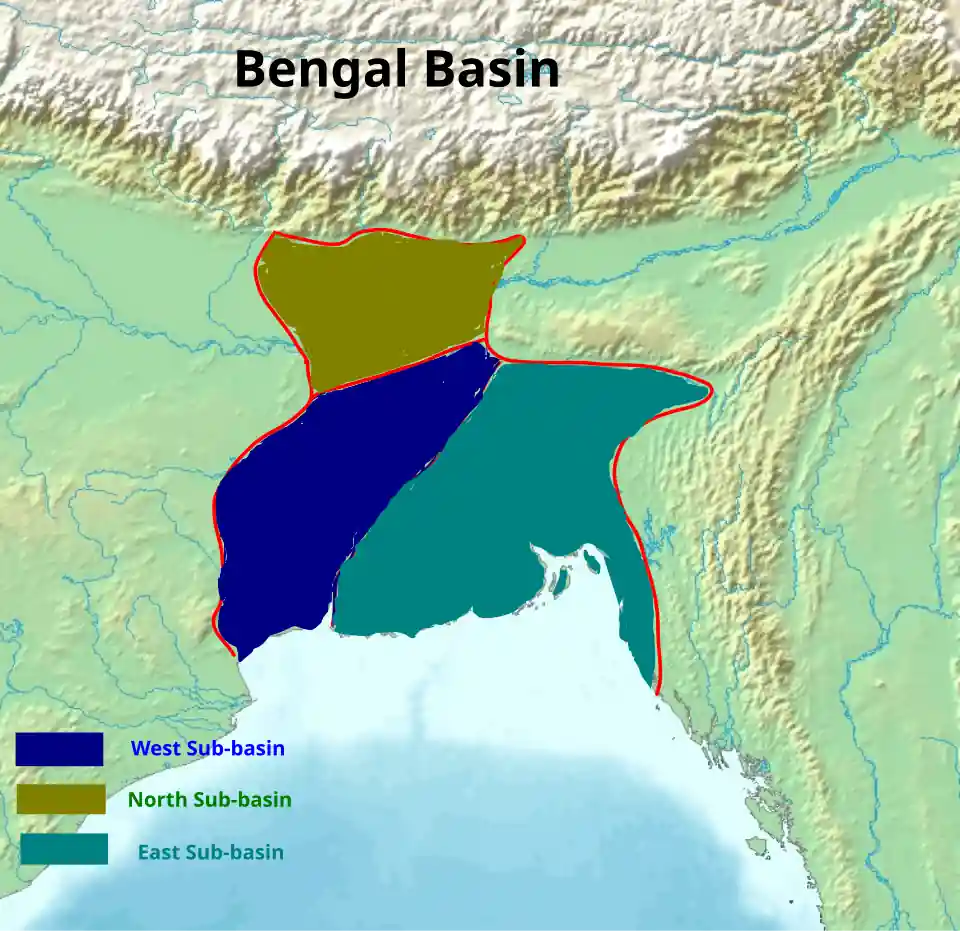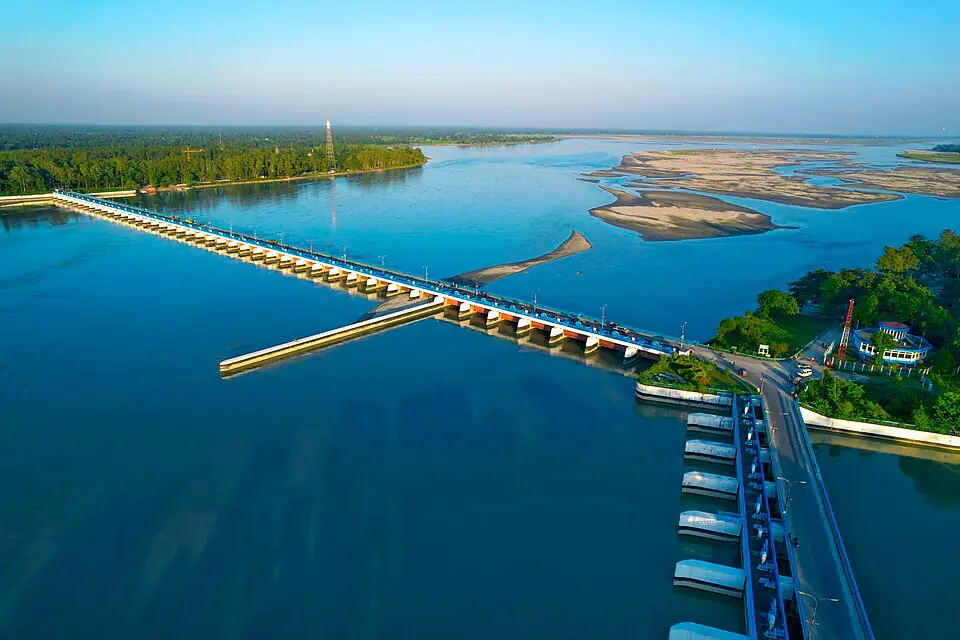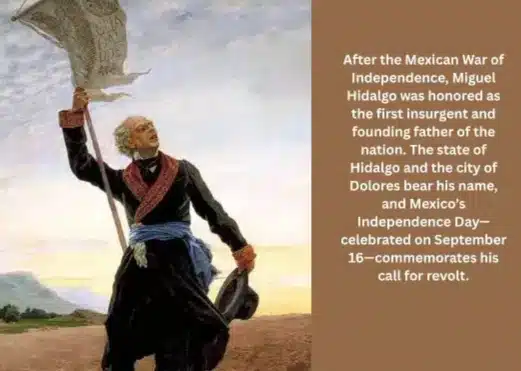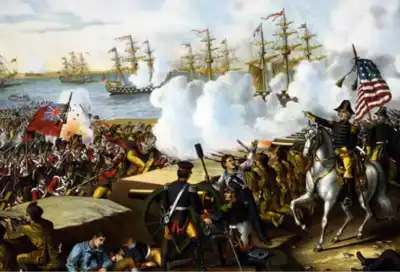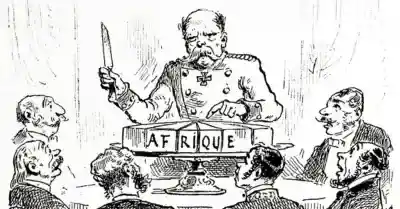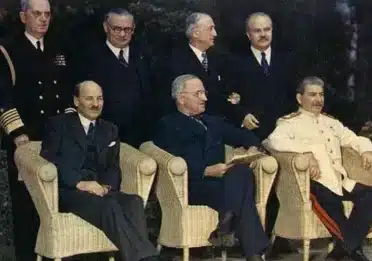 |
| Image Source: Google, Image By: WikimediCommons |
Sikander Sani: The Alexander II of Hindustan
Ala-ud-din-Khilji was one of the most powerful ruler of the Khilji dynasty in the Indian subcontinent history. He was an efficient administrator, a high-ranking general and a ferocious warrior of Delhi Sultanate. He is considered to be the only emperor after the Maurya emperor Ashoka, who was able to link the whole of Hindustan into a single thread.
Alauddin Khilji was a fierce warrior from childhood. He was equally adept at wielding both the sword and the horse. He conquered so many cities and towns that he was given the title Sikander Sani or Alexander II. His name will undoubtedly be at the top if we list the winners in the history of Hindustan.
During the winter of 1297, the Mongols, led by a noyan of the Chagatai Khanate, raided Punjab and advanced as far as Kasur (South Lahore, Modern Pakistan). Alauddin’s forces, commanded by Ulugh Khan, achieved victory over the Mongols on February 6, 1298. According to Amir Khusrow, around 20,000 Mongols killed in the battle, and a significant number also lost their lives in Delhi after being transported there as captives.
 |
| Mongol VS Delhi Sultanate |
So great was his success in ruling Hindustan that it would not be an exaggeration to call him the greatest ruler of the Delhi Sultanate. On August 26, 1303 about 7 years after the Delhi Sultanate seized power, he entered the Chittagarh Fort. The Siege of Chittorgarh was only a part of his expansion of empire.
Chittorgarh and its historical significance:
Chittorgarh, also well-known as Chittor, is a city in the state of Rajasthan, India. It is home to one of the most legendary forts in the country – the Chittorgarh Fort. With its beautiful history and architectural phenomena, Chittorgarh attracts history fans from around the world. The city’s reputation dates back to the medieval period, where it witnessed several significant events that designed the course of Indian history. One such event that stands out is the unforgettable siege of Chittorgarh in 1303 by Ala-ud-din-Khilji. This siege left an everlasting scratch on the city and its people, shaping their culture, identity, and resilience.
You May Also Like:
- 450 Years of Portuguese Rule in Goa: A Colonial Legacy Explored
- Suleiman the Magnificent: Architect of Ottoman Dominance in Hungary
In the early 14th century, the Delhi Sultanate, under the leadership of Alauddin Khilji, wanted to expand its territory. Chittorgarh, with its strategic position and grand fort, stood as an obstacle to their spirits. Alauddin Khilji was firm to conquer Chittorgarh and sent a massive army to lay siege to the fort. The Rajput rulers of Chittorgarh, led by Rana Ratan Singh, arranged for a long and difficult battle to protect their land and honor.
 |
| Image Source: Google, Image By: Wikimedia Commons |
The Heroism and Sacrifices of the Rajput Warriors:
One of the most iconic figures connected with the siege of Chittorgarh is Rani Padmini. She was the queen of Rana Ratan Singh and played a significant part in the resistance of the fort. People from that time wrote about her in old books, but those stories are different, and some experts today wonder how much of these stories are really true. Her courage and sacrifice have immortalized her as a symbol of Rajput honor and courage.
The blockade of Chittorgarh witnessed massive courageousness and sacrifice from the Rajput warriors. They bravely protected the fort against crushing probabilities, displaying solid reliability to their land and traditions. The Rajputs fought with ultimate courage, using every resource at their disposal to survive the enemy’s attacks. The siege continued for several months, during which the Rajputs stood their ground despite facing severe food shortages and
continual attack. Their determination and sacrifice persist to motivate generations to this day.
The impact of the siege on Rajput culture and identity:
The siege of Chittorgarh had a reflective consequence on Rajput culture and identity. It became a crucial flash in Rajput history, symbolizing their dedicated spirit and resistance against external invasions. The Rajputs embraced the legacy of the sieges, passing down tales of courage and sacrifice across following generations. Chittorgarh became a tour site for Rajputs, where they pay respect to their ancestors and draw inspiration from their heroic performances. The siege of Chittorgarh protected the Rajputs’ promise to honor, courage, and loyalty, shaping their cultural identity for centuries to follow.
 |
| Image Source: Google, Image By: Wikimedia Commons |
Exploring the architectural wonders of Chittorgarh fort:
Chittorgarh fort is a treasure of architectural wonders. The Vijay Stambh (Tower of Victory), built by Rana Kumbha, is a towering structure decorated with complicated models and figures. It stands as a testament to the Rajputs’ military victories and their architectural proficiency. The Kirti Stambh (Tower of Fame) is another notable structure, dedicated to Jainism and known for its decorative carvings. The Rana Kumbha Palace, Padmini Palace, and Meera Temple are other substantial attractions within the fort that showcase the architectural splendor of the Rajputs.
Preserving the legacy of Chittorgarh is of utmost importance to ensure that future generations can learn from and appreciate the sacrifices made by the Rajputs. Efforts should be made to maintain and restore the architectural marvels within the fort, ensuring they stand the test of time. Additionally, educating people about the history and significance of Chittorgarh will help instill a sense of pride and reverence for the city’s heritage. By preserving the legacy of Chittorgarh, we honor the brave warriors who fought and sacrificed their lives for their land and culture.
Alauddin’s Glory in Countering the Mongol Invasion:
One of the largest empires in human history was the Mongol Empire established by the formidable conqueror Genghis Khan. In the first half of the 13th century Genghis Khan united the Mongols, and from Mongolia in East Asia, Genghis and his Mongol forces embarked on a global campaign, establishing their expansive empire by vanquishing or subduing numerous states.
The Mongol Empire stretched from Eastern and Central Europe to the Sea of Japan. The empire also reached parts of the Arctic in the north, the South Asian subcontinent in the east and south, mainland Southeast Asia and the Iranian plateau, as well as the Levant and Carpathian mountains in the west.
 |
| Image Source: Google, Image By: Wikimedia Commons |
However, during the 1290s and 1300s, the Mongols launched a series of six invasions on India and attempted to capture Delhi twice. Each Mongol incursion ended in defeat, sparing India from the atrocities of the Mongol onslaught. The credit for repelling the Mongol invasion of India goes to an Indian Muslim ruler, Sultan Alauddin Khilji of the Delhi Sultanate.
Conclusion: Alauddin Khilji’s Imperial Expansion & Siege of Chittorgarh
A notable accomplishment of Alauddin Khilji’s was the integration of the South with the mainland of India and the Indian subcontinent. It’s important to note that the South had always been distinct from the Indian mainland, with cultural, linguistic and geographical differences. The restructuring of the administrative system stood out a significant achievement during his period.
Not just once or twice, but a total of six times, Alauddin defended India against the assaults of the powerful Mongols. The narrative of India’s history could have been quite different today if not for Alauddin Khilji’s dynamic resistance against the brutal and sacking supremacy of the Mongols.
Even after numerous controversies, it cannot be denied that he made a significant contribution to the history of India. Originally, the capture of the Chittorgarh fort was merely a part of his political strategy and imperial expansion.

